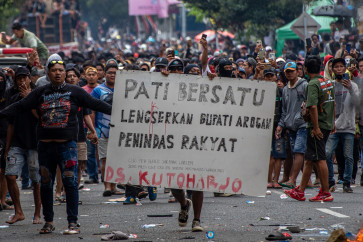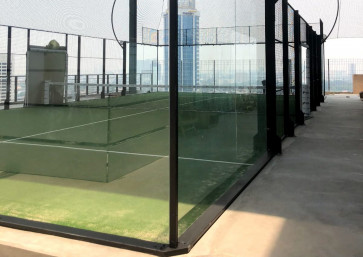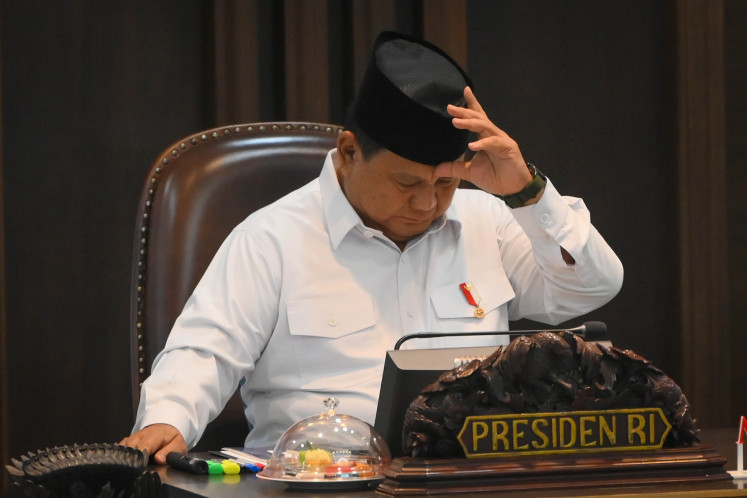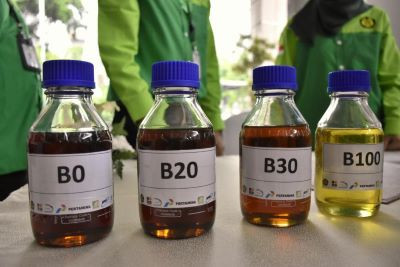Popular Reads
Top Results
Can't find what you're looking for?
View all search resultsPopular Reads
Top Results
Can't find what you're looking for?
View all search resultsGovt eyes new sugar mills to boost output
The government plans to start construction of 11 sugar factories next year, to boost sugar production to 5
Change text size
Gift Premium Articles
to Anyone
T
he government plans to start construction of 11 sugar factories next year, to boost sugar production to 5.6 million tons for household consumption and 3.3 million tons for industry by 2025.
Indonesia currently produces 2.7 million tons of sugar for public consumption and 2.1 million tons of refined sugar for industrial consumption.
State SOE Minister Mustafa Abubakar said Friday the factories would be operated by either state sugar producer PT Rajawali Nusantara Indonesia (RNI) or state plantation firm PT Perkebunan Nusantara.
Combined, the two companies account for more than 60 percent of the country's total sugar production.
Mustafa said the construction of four of the new factories would start next year.
"One of the factories will be located in Banyuwangi *in East Java*," he said.
The financing scheme to build the factories is still being hammered out, Mustafa said, pending a final estimate of the total investment needed.
However, he said the financing would likely involve bank loans.
Previously, former SOE minister Sofyan Djalil alluded to a plan to build three sugar factories next year with total investment of Rp 4.5 trillion.
The three factories were expected to start production in the beginning of 2011, each with a production capacity of up to 30,000 tons a year.
Apart from constructing new factories, Mustafa said the government would also help existing sugar producers revitalize existing mills all across the country by providing subsidized loans.
"For revitalization, the government has committed to allocating Rp 1 trillion to subsidize the interests of bank loans given to finance the revitalization of old sugar mills," he said.
He pointed out several state-owned banks, including PT Bank Rakyat Indonesia (BRI) and PT Bank Mandiri, had also committed to giving loans for the factories.
Indonesia currently has 61 sugar mills, 68 percent of which are more than 75 years old, having been built in the Dutch colonial era.
The State SOE Ministry says 80 percent of the old sugar mills are in poor condition and continually fail to produce good-quality sugar.
The mills with aging machines include the Sei Semayang factory in North Sumatra, the Cinta Manis factory in South Sumatra, the Jatibarang factory in Central Java and the Djatiroto factory in East Java.
All are managed by PT Perkebunan Nusantara.
"We can reach the production target by revitalizing existing mills as well as constructing new ones," Mustafa said.
To support the effort, the government expects to double the country's total area of sugar plantations. State and private firms currently manage 400,000 hectares of sugarcane plantations, employing 450,000 farmers.
Mustafa said increasing that area would allow the companies to implement better farming techniques to produce higher-grade sugarcane.
"The plantations will be located in West Java, East Java, East Nusa Tenggara, West Nusa Tenggara and Papua," Mustafa said.










